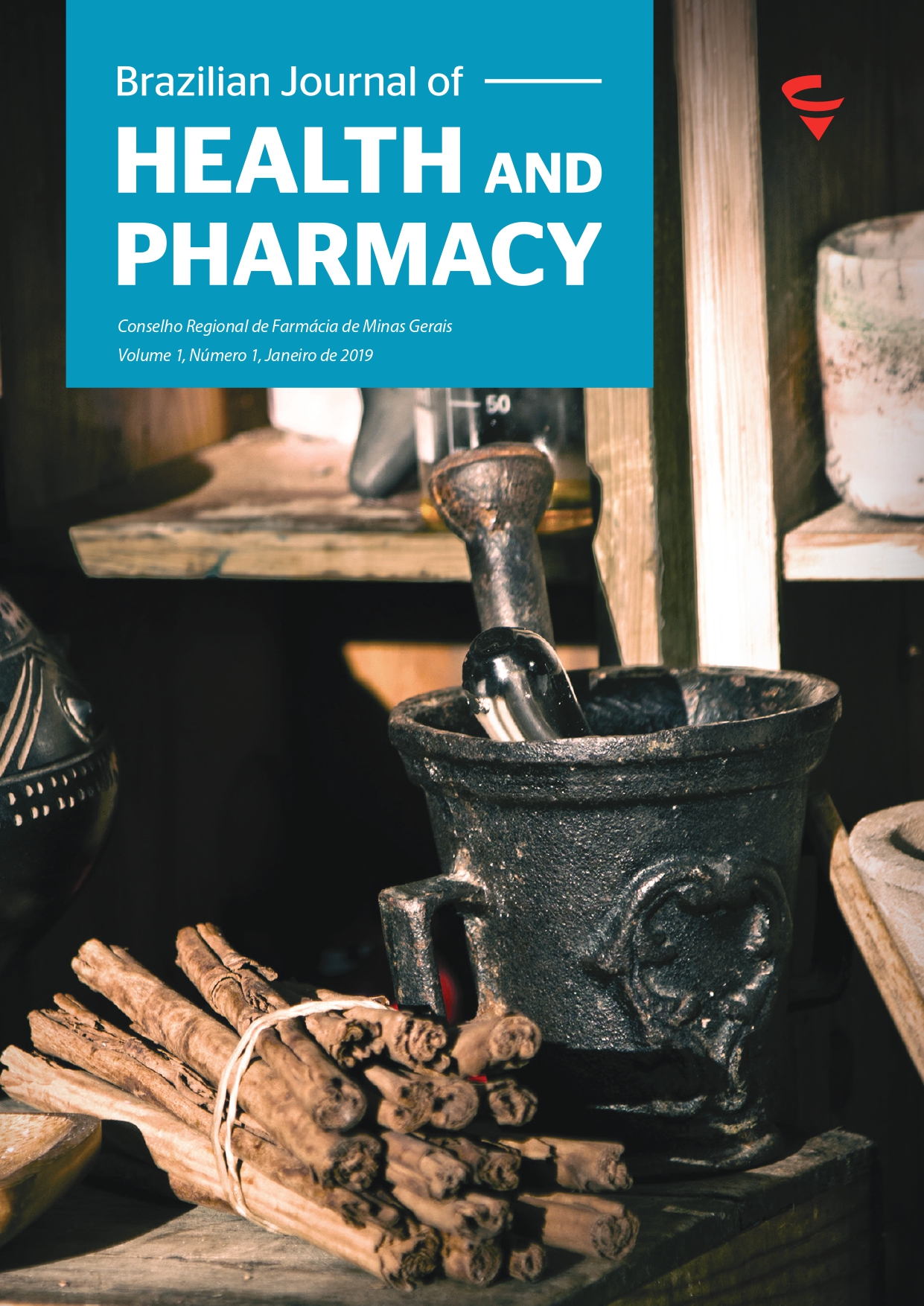Abstract
Leishmaniasis represents a group of diseases with a great clinical and epidemiological diversity, it is classified in two main forms: cutaneous and visceral. A prevalence of 12 million cases is estimated worldwide and this number continues to increase, with 1.5 to 2 million new cases per year, especially in tropical and subtropical areas. Amphotericin B (AmB) is a poorly water-soluble drug and poorly absorbed in the gastrointestinal tract. It is used in first-line treatment for invasive fungal infections and is the most potent commercially available leishmaniasis drug. All drug formulations available are administered parenterally, which hampers their viability at remote sites. In addition, the conventional formulation of AmB shows high nephrotoxicity. The lipid formulation have less side effect, but have the same efficacy. Because of this, there is a growing search for new formulations of AmB, with emphasis on intravenous cationic liposomal formulations and lipid nanoformulations, such as oral self-emulsifying delivery systems. Some of these oral formulations are already in clinical trials, being a hope in the treatment of fungal diseases and leshimaniasis.

